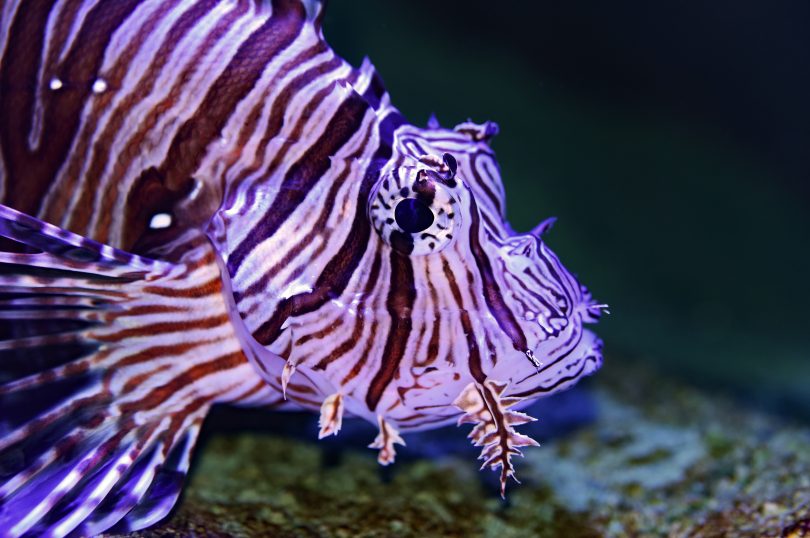An interesting compound in turmeric that may help with some types of seizures.
If you haven’t tried cooking with turmeric and fresh-cracked black pepper, you’re missing out. Salivary glands aside, there may be lots of benefits associated with consuming turmeric. Turmeric has several major chemical components. Some major components include:
- ar-, α-, and β-turmerone
- α-atlantone
- Curcumin
- Monodemethoxycurcumin
- Bisdemethoxycurcumin
Most of modern science has focused on curcumin, a curcuminoid component of turmeric. But one paper looked further. [1]
The researchers had a good reason. They noted that the “bioavailability analysis of curcumin evidenced poor absorption, rapid metabolism and excretion impeding its ability to reach the brain in order to exert any potential therapeutic action.”
So, they decided to look at what else turmeric has to offer.
Their 2012 report published in Epilepsy and Behavior identified anticonvulsant activity in a turmeric-derived terpene.
According to the paper, turmeric has long been used as a traditional medicine in South Asia for the treatment of epilepsy. The researchers looked at how turmeric impacted larval zebrafish and mouse seizure assays. Their findings were interesting.
The results supported previous findings that curcumin displays anticonvulsive activities, but they showed additional such properties independent of the curcumin.
The researchers noted that the anticonvulsive properties were seen with just the application of turmeric oil, which contains terpenoids rather than curcuminoids; turmeric oil is mostly composed of ar-, α,β-turmerone, and α-atlantone. The researchers were able to isolate and identify unique anticonvulsant properties with these bisabolene sesquiterpenoids of Curcuma longa when applied to zebrafish larvae.
Intrigued, they continued their tests on the mice and showed that “the anticonvulsant properties of turmeric oil in the zebrafish model were successfully corroborated in the mouse PTZ model.” [1]
What this means for humans has yet to be fully explored. However, we do know that turmeric is safe for human consumption. It has been used throughout history both as a food and as a dye. Perhaps in the future, it will be used as a modern medicine for certain types of seizures.
The researchers supported this idea by noting that “it is currently in our interest to additionally assess the activity of the bisabolene sesquiterpenoids in other models of epilepsy such as the 6-Hz seizure test in mice, the hippocampal kindled rat model of temporal lobe epilepsy (TLE).” [1]
Reference
- Orellana-Paucar, Adrianna Monserrath, et al. “Anticonvulsant Activity of Bisabolene Sesquiterpenoids of Curcuma longa in Zebrafish and Mouse Seizure Models.” Epilepsy and Behavior, vol.24, no.1, 2012, pp. 14-22. [Times cited = 79 (GoogleScholar); Journal Impact Factor = 2.378]









Fantastic perspective. A lot of this style of thinking can also be applied to capsaicin and the way it can impact a key aspect of the endocannabinoid system: TRPV1. I wrote about that, here: https://straingenie.com/endocannabinoid-system/trpv1/